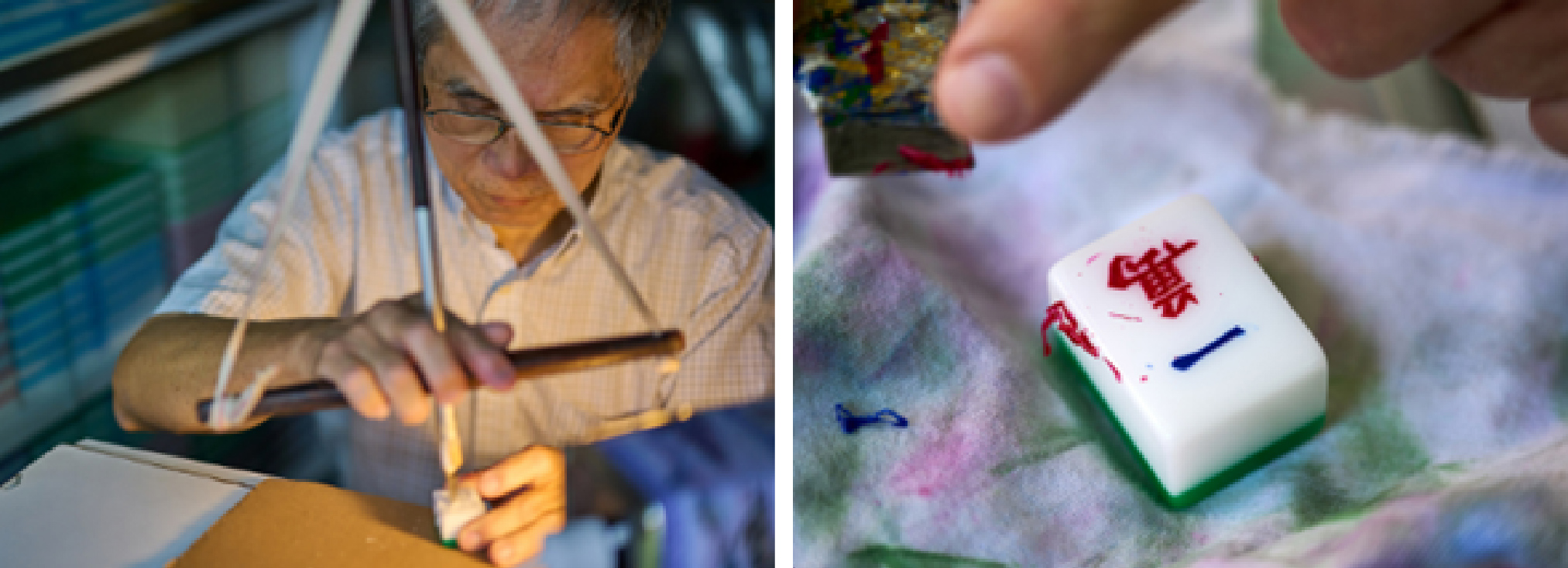
PUBLISHED: 26/11/2021
Share this:
West Kowloon Neighbourhood - Traditional Crafts
Adeline Chan | New Shan Travel’s Hong Kong Product Champion
West Kowloon, an emerging neighbourhood that boasts no shortage of gems for visitors to discover Hong Kong from a new perspective. From traditional craftsmanship, historic buildings to authentic dining experiences, you’re bound to find something you love here!
Back in the day, West Kowloon was home to plenty of artisanal craftsmen and many of the skilled craftsmen at work in the cultural district have honed their skills over many decades.
Let’s discover Hong Kong’s intangible heritage through the alleys and hidden doorways of West Kowloon and discover the local treasures of Hong Kong!
Shanghai Baoxing Qipao (上海宝星时装旗袍)

Photo Credit: Hong Kong Tourism Board
A little lesson into the history of cheongsam. While “cheongsam” in Chinese could be used to refer to both female and male traditional attire, “qipao” bears a similar meaning but only refers to the female version. Apart from this, the two words have different linguistic origins as the former was translated from Cantonese, “长衫”, which means “long robe”, while the latter was originated from Mandarin, “旗袍”, which means “banner dress”.
Located on the first floor of an old commercial centre in Jordan and into the workspace of a qipao tailor who has been plying his craft for over 65 years, Master Yan Ka-man, one of the ten tailors left in Hong Kong that specialises in making these Chinese dresses.
All of Master Yan’s work is made to measure. He has made qipaos for Miss Hong Kong contestants as well as celebrities like Anita Mui, Maggie Cheung, and Michelle Yeoh. To preserve this invaluable part of Chinese history and to better inherit the craftsmanship of making qipao, Master Yan hosts classes with fashion and design students on the art of qipao making.
Biu Kee Mahjong (標記麻雀)

Photo Credit: Hong Kong Tourism Board
Four players huddle around the square wooden table, stacking Lego-like tiles. Each player takes turns grabbing and discarding tiles from the Mahjong tile stack. This is a common sight in a typical Chinese household at family gatherings, parties, and celebrations.
Mahjong, a tile-based game developed in China during the Qing dynasty, is a popular game played among Chinese communities. Each tile features different patterns and symbols that are traditionally engraved by hand.
Mr. Cheung Shun King at Biu Kee Mahjong is one of the last few remaining artisan mahjong tile carvers left in Hong Kong. He inherited the shop from his father and has been honing his craft for over 50 years. The art of hand carving mahjong tiles is so unique, it’s even listed as one of Hong Kong’s Intangible Cultural Heritages by the local government. Visitors can head to Biu Kee to buy a set of Cheung’s high-quality, old school mahjong tiles, and even customise the characters or patterns on their mahjong tiles as unique souvenirs or gifts.
Sindart (先達商店)

Photo Credit: Hong Kong Tourism Board
Once a status symbol, slippers have been worn in Hong Kong for centuries. Traditionally, women embroidered silk at home with dragons, phoenix and goldfish, or floral patterns such as blossom, which was then shaped into footwear by men. A single pair can take several months to create.
Founded in 1958, Sindart (先達商店) is one of the oldest stores in Hong Kong that makes and sells traditional handmade Chinese embroidered slippers. This small shop is now owned by the granddaughter of the founder, Miru Wong. She began practicing embroidery with her grandmother since primary school, and is the third generation in her family to run Sindart. The young businesswoman studied Visual Communication in university, and is proud to continue this unique cultural heritage. While the store still carries many traditional designs, she is also constantly coming up with new designs to appeal to a larger market.
The owner of this 63-year-old small business even holds weekly workshops for people who are keen to learn the vanishing art of Cantonese embroidery.
Last but not least, a big thank you for all those who stayed with us throughout this wonderful journey as we introduce West Kowloon to you.
_Red Junk Black Logotype_Eng_Horizontal.jpg)